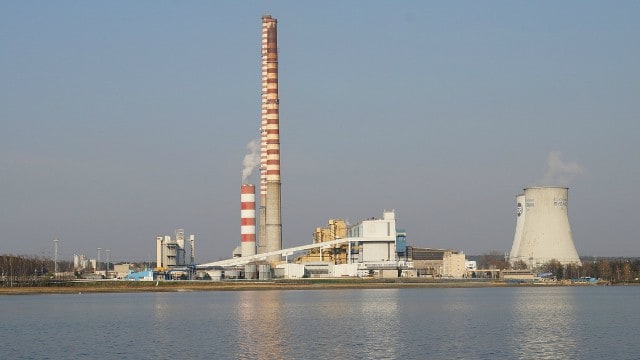Financial markets are sometimes very capricious. Over the past five years, shares of Teck Resources Ltd. (TSX:TECK.B)(NYSE:TECK) have seen a lot of action. The share price dropped from a high price above $38 during 2013 to a low price of $3.65 in the very early part of 2016. Long-term investors have had to be very resilient over the years.
What makes this story interesting is the company has not experienced any dramatic operational downturns or losses of any major client during the period. No major write-downs were taken, and there was never a solvency issue. Instead, it was the aggregation of investor expectations which sent shares tumbling. The good news, however, (at least for long investors) is that after the lows of 2016, shares recovered throughout the year and touched a 52-week high in excess of $35 per share.
Halfway through 2017, shares have fallen more than 35% from the 52-week high and a total of 16% on a year-to-date basis. Investors have not done very well as of late.
The challenges faced by shareholders over the past year may represent an incredible opportunity for new investors looking to deploy capital into a company with a reasonably high potential for capital appreciation. Given that Teck is a mining company, it is relatively easy for investors to project what kind of value is held within the company. Due to the excellent technology now available to estimate how much of each resource is available in the ground, the numbers on the balance sheet of many miners are fairly accurate.
In the case of Teck, the amount of tangible book value per share calculated at [(assets – liabilities – goodwill) / shares outstanding] about $29.30 as of the end of March 2017. Investors currently purchasing shares are receiving the potential to realize the added value, which is close to $7 per share in profit. Eventually, the assets of the company will be mined, and profits will be realized.
Before investors get excited and load up on shares of Teck, it is important to understand the roller-coaster ride that may be taken before reaching the end point. At December 31, 2015, the tangible book value was nothing less than $26 per share, yet the low price of $3.65 was experienced on January 13, 2016. Sometimes the markets get the pricing of an individual security very wrong.
When shares reached a high price in excess of $35 during the 2016 year, they traded at a premium to tangible book value. Clearly, the rebound was overdone at that point, and now the sell-off on the way back down has also probably gone a little too far. With an incredible amount of potential, investors should never forget that higher rewards usually come hand in hand with higher risk. Invest wisely!





